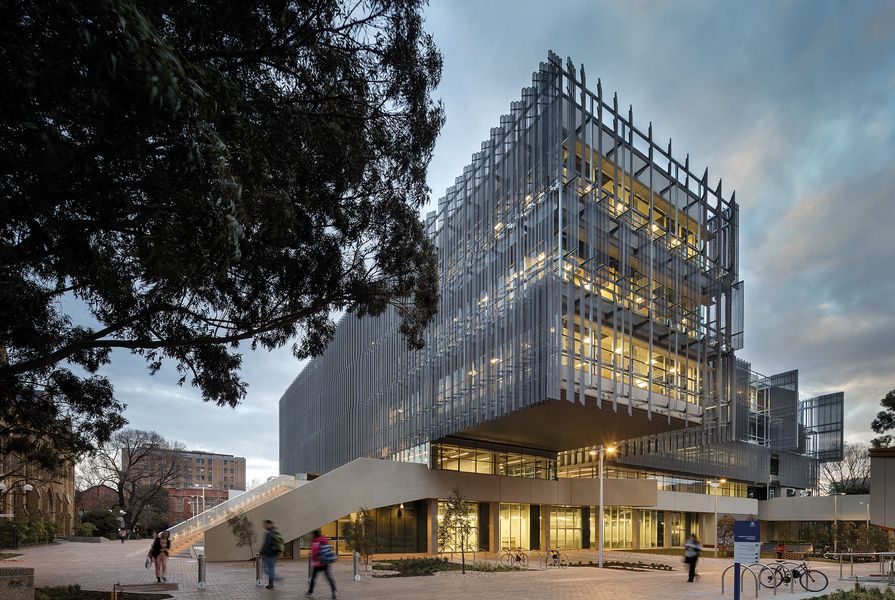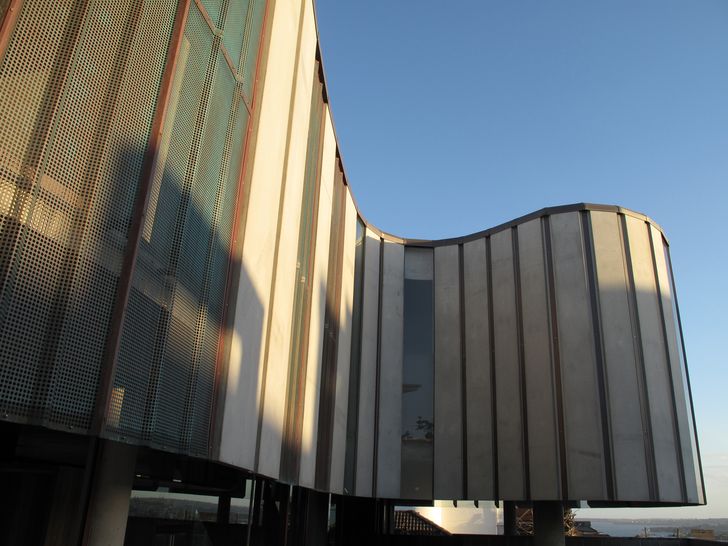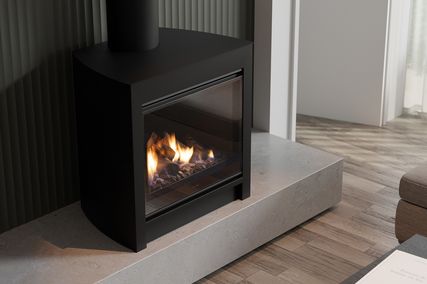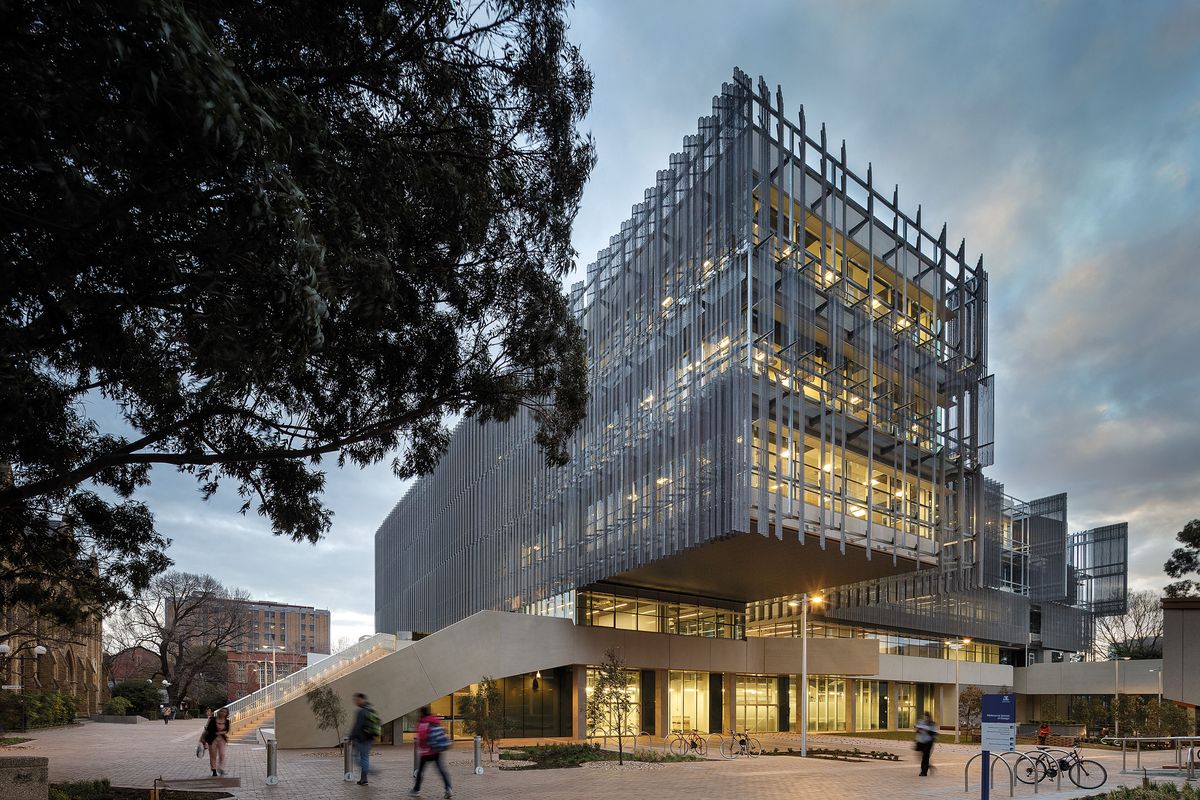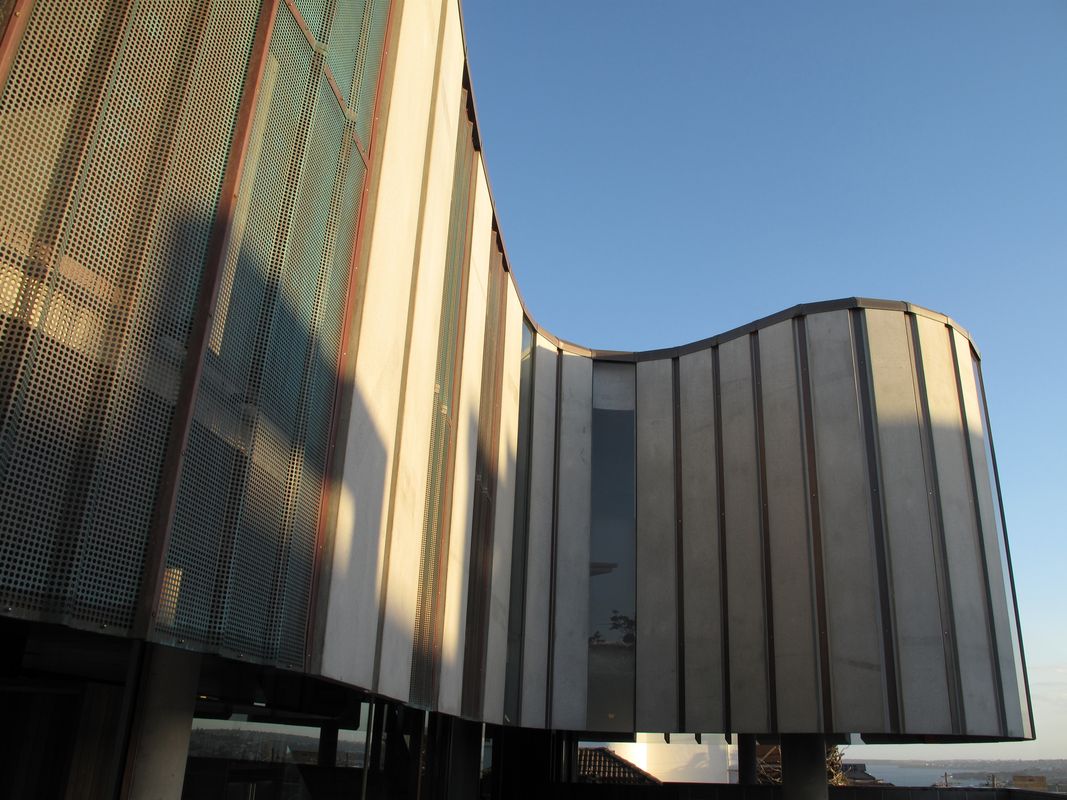
David Karotkin, National Jury Chair Immediate Past National President Managing Director, Sandover Pinder.
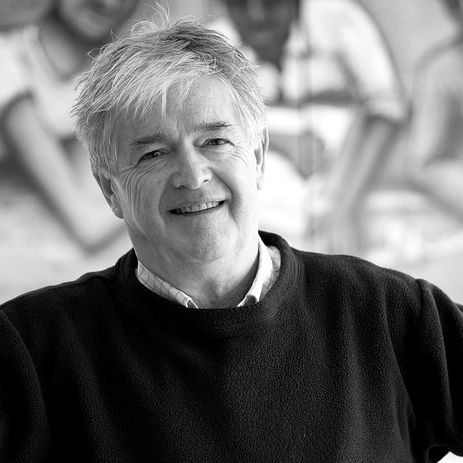
Steve Grieve, Director, Grieve Gillett Dimitty Andersen Architects

Shelley Indyk, Design Director, Indyk Architects.
The Australian Institute of Architects’ 2015 awards program has once again highlighted the significant contribution that our members are making to society through outstanding built works, across all types of projects and in all types of locations. In particular, Australian architects are playing important roles in advancing healthcare, education, culture, urban design, sustainability and heritage.
The state chapters have awarded 185 entries across fourteen categories – an impressive number and certainly daunting for the national awards jury, which is tasked with selecting the best of the best. This year’s national jury, which I had the privilege of chairing, reflects the diversity of our profession – geographically, demographically and through the ways in which we practise. The breadth of experience and varied backgrounds of the jury have contributed to well-informed, robust discussions during the course of our deliberations.
The first and most difficult task for the jury was to review all award winners and select a shortlist of projects to visit. We selected seventy-five entries (comprising sixty-one projects, some considered in multiple categories), committing us to visiting fifty-eight sites (excluding international projects) over thirteen immersive days. We travelled from Perth to Hobart to Far North Queensland and to many places in between (plus one, because our driver took us to the Macquarie Lighthouse in Vaucluse instead of Peter Stutchbury’s Light House in Dover Heights – which, to be fair, is next to Vaucluse). While acknowledging that we undoubtedly, and regrettably, missed seeing some extraordinary work, our visits confirmed the remarkable quality of the projects that we did choose for our shortlist.
Light House by Peter Stutchbury Architecture, winner of the National Award for Residential Architecture – Houses (New).

Philip Goad, Chair of Architecture, University of Melbourne
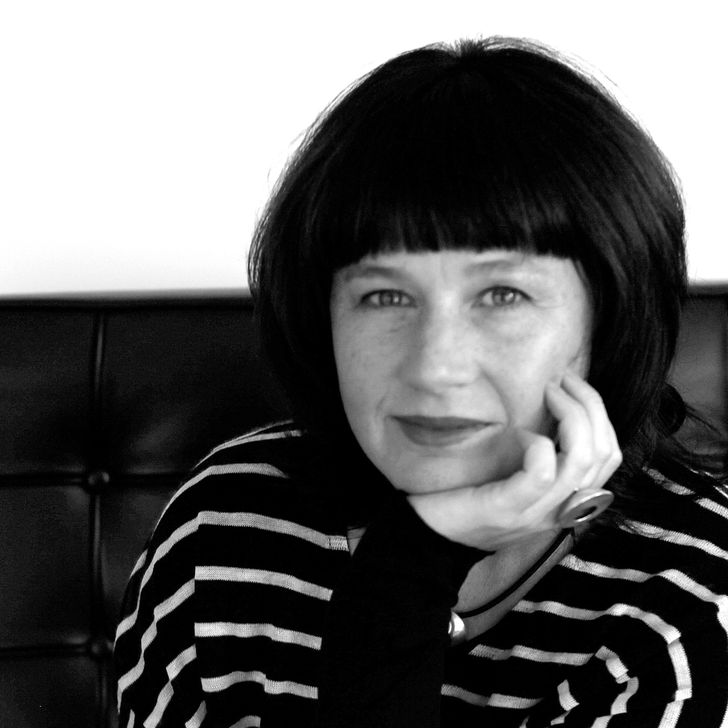
Peta Heffernan, Director, Liminal Studio.
The introduction of a separate category for educational architecture in 2015 has been validated by the number and quality of awarded educational projects, ranging from early learning centres to sophisticated tertiary research facilities. From twenty-one awarded educational projects across the country, nine were included in our shortlist for national recognition. In all cases these projects demonstrate the way architects are partnering with educators to create innovative learning environments, contributing to our education system their unique understanding of the impact of the built environment on learning.
The jury was impressed by the number of awarded projects where the architect was also their own client. In all cases the architects were willing to experiment in order to achieve their project ambitions. The inventiveness witnessed by the jury was incredible. These architects have demonstrated the benefits of embracing risk as a necessary ingredient in achieving genuine design innovation.
Some interesting trends emerged as we travelled the country visiting the shortlist of projects. Materials trends included finely finished face concrete, copper, brass, sustainably sourced spotted gum and folded steel plate. The proliferation of these materials across large and small projects suggests an increased interest in the intrinsic qualities of the materials and associated construction technologies used by architects. Durability, maintenance minimization, longevity, patina and sustainability are all factored into decisions about materials.
We saw a strong interest in adaptation and adaptability, once again signalling an awareness of the importance of looking at the long term for our buildings as a central strategy in creating a sustainable built environment.
It was particularly encouraging to see many examples of projects where boundaries between private and public realms are broken down in order to better contribute to their urban and suburban contexts and to create opportunities for enhanced community engagement. Such generosity in design is led by the architects and embraced by their clients and results in stronger communities and improved urban activation. This approach was seen in projects ranging from residential alterations and additions to hospitals and sporting arenas.
And finally, a trend that should come as no surprise is that the common ingredient for great projects is a collaborative team of architect, client and builder – all committed to achieving a shared goal and respecting each other’s contributions.
As with all awards juries, the national jury used a matrix of assessment criteria to guide our evaluation of the projects. The criteria are: conceptual framework, public and cultural benefits, relationship of built form to context, program resolution, cost/value outcome, sustainability, and response to client and user needs. To these criteria, our jury added two of our own – detail resolution/quality, and joy. Our observations were that the quality of detail and the quality of the finished works were consistently of the highest standard, which is a testament to the joint commitment of the architects and the builders. And joy? Well, without reservation I can say that the jury experienced absolute joy throughout the tour. Despite the frantic schedule, at no time did our enthusiasm for the task wane – the joy that emanated from every project constantly energized the jury.
To all award winners from around the country, thank you for your commitment to excellence. And on behalf of the national jury, I extend my congratulations to the winners of this year’s national awards.
Source
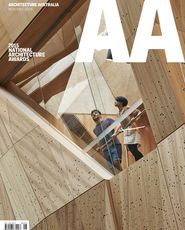
Award
Published online: 5 Nov 2015
Words:
David Karotkin
Images:
John Gollings
Issue
Architecture Australia, November 2015

